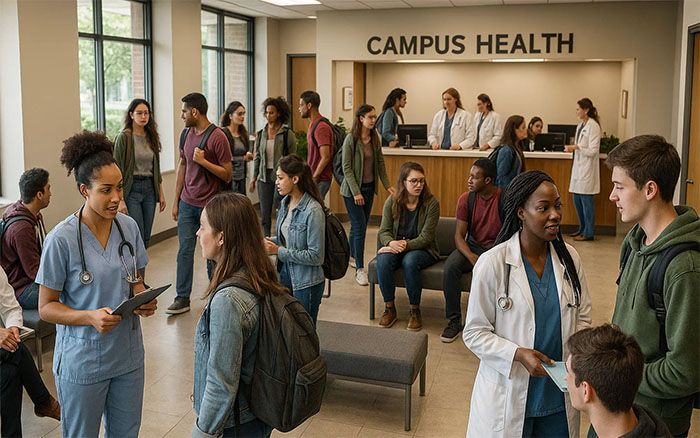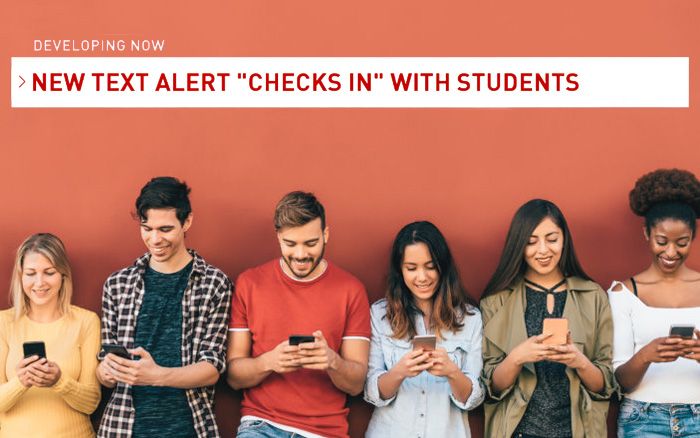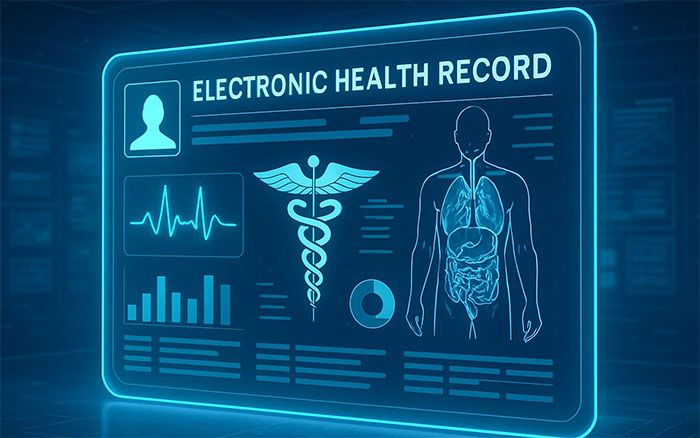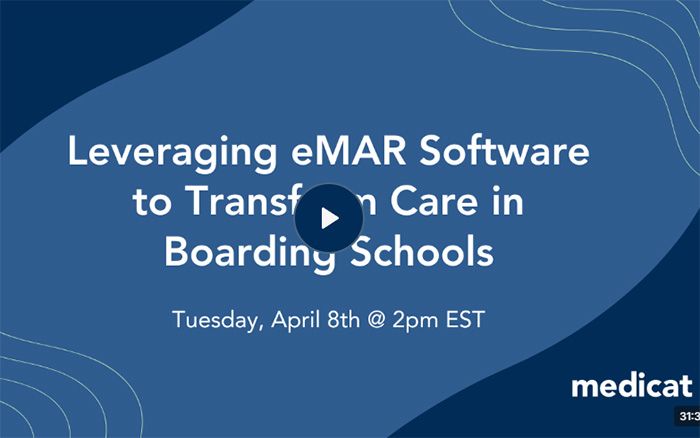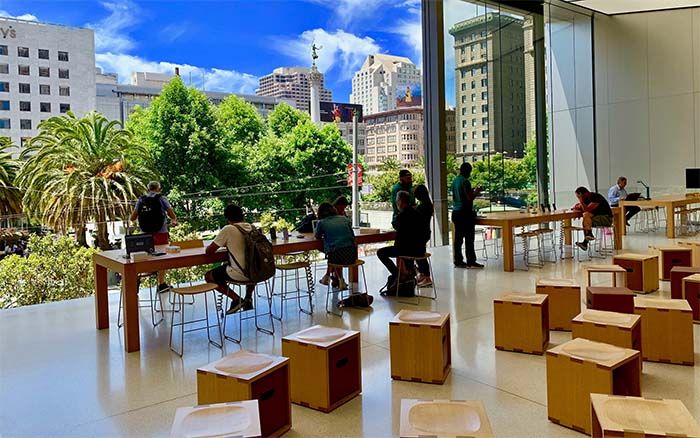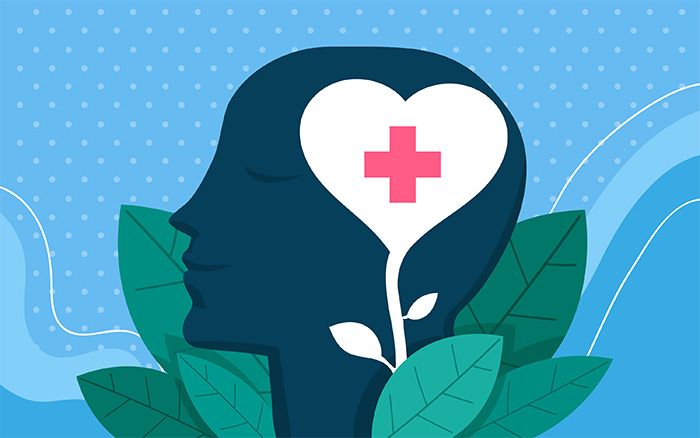How to Improve Your College Health Center Operations
Navigating the complexities of modern college health centers requires innovative solutions and a deep understanding of student needs.
Together, let’s uncover strategies for optimizing health center operations and enhancing student support.
1. How can student health centers improve their intake process for new students?
A. Starting at the very beginning of the student experience, clients can use the Blaster tool to email newly enrolled students instructions on how to access/utilize the Patient Portal.
Clients can then use the Patient Portal to instruct students on how to schedule an appointment – either by utilizing the Self Scheduling functionality, or by directing them to call your clinic or send a secure message.
For full optimization, we recommend implementing the self-scheduling functionality to allow for other uses of client resources.
Once the student is scheduled for their appointment, we can set up online forms to present prior to their appointment (up to 7 days in advance) or as the student is checking in.
By setting up longer, nonacute forms (such as the Health History form) for the student to complete in the days prior to their appointment, it will save valuable time during the check-in process, improving your clinic’s efficiency.
These small changes can add up to vastly improve the student experience.
2. What are the most common ways we’re able to help college health clinics optimize their workflow?
A. If a clinic is looking to optimize their workflow, we normally suggest the following:
- Setting Up Automated Intake Forms: Automating intake forms can streamline the patient onboarding process. For instance, using tools like the Template Txn Linker, clinics can automatically populate the EHR Patient Summary Screen with relevant information from these forms, saving time and reducing errors.
- Setting up Note Favorites and Quick Type: Creating template notes and quick type options can expedite documentation. By having pre-set templates for common scenarios, clinicians can quickly complete notes, ensuring consistency and accuracy. This saves critical time that allows clinicians to focus on student care, rather than tedious documentation.
- Utilizing Preload Answer Template Options: This feature enables clinics to preload answers from previous check-ins or allow students to complete them during their current visit. By integrating this data directly into the notes, clinicians can have a comprehensive view of the patient’s history, improving the quality of care.
3. How can technology be leveraged to streamline appointment scheduling and reduce administrative burdens?
A. Effective appointment scheduling is crucial for the smooth operation of college health clinics. Leveraging technology can significantly streamline this process and reduce administrative burdens. Here’s how:
- Guided Scheduling with Message Boxes: For clinics that have self-scheduling in place, they can also include various message boxes which can provide additional guidance to students. For example, special instructions for each specific appointment reason can be displayed during the scheduling process, ensuring students have all the necessary information.
- Self Check-In for Walk-In Appointments: For clinics that allow walk-in appointments, the Self Check-In module is invaluable. It allows students to schedule walk-in appointments using a kiosk, bypassing the need for front desk assistance. This not only streamlines the process, but also frees up staff to focus on other tasks.
4. Do you have tips on how to enhance communication between health centers and students?
A. Sure do! Here are several tips to enhance this communication:
- Use the Blaster Tool: The Blaster tool allows you to send the same message to a large group of students simultaneously. This is perfect for general announcements or updates that need to reach many students at once.
- Implement the Notification Tool: The Notification tool can be set up to automatically notify or remind students of important items. For example, you can schedule notifications to go out one day before a student’s appointment. These reminders can also direct students to complete any necessary forms, ensuring they are prepared for their visit.
- Utilize Secure Message Templates: Secure Message Templates make one-off communication faster and more efficient. By having pre-written templates, staff can quickly send common messages without having to write them from scratch each time.
- Leverage Secure Messaging: Secure messaging can be very beneficial for direct communication with students. If there are concerns about allowing students to message specific providers, consider setting up a generic provider (like “Front Desk” or “Health Clinic Team”) that multiple users can monitor. This ensures that all messages are addressed promptly.
- Maximize Patient Portal Message Boxes: Utilize the message boxes in the Patient Portal to their full potential. You can create a checklist of steps that students need to complete, with hyperlinks that take them directly to the relevant section. This streamlined approach helps students easily navigate and complete required tasks.
By implementing these tools and strategies, health centers can significantly improve their communication with students, leading to better-prepared appointments, reduced no-shows, and enhanced overall student engagement and satisfaction.
5. How can colleges improve the immunization verification process on campus?
A. These are the four main suggestions we give to those looking to improve the immunization verification process:
- Student Submissions via Patient Portal: Allow students to enter their immunization dates and upload associated documents directly on the Patient Portal. This eliminates the need for email or paper submissions, making the process more efficient and accessible.
- Mandatory Document Uploads: Implement a system where students must upload a document when entering an immunization date. This ensures that clinics receive the necessary proof before verifying immunizations.
- Clear Instructions on the Patient Portal: Use the blue immunization headings on the Immunization Page and the message box at the top of the screen to provide additional instructions to students. Clear guidance helps students understand the requirements and process better.
- Automated Verification with VeriVax and State Registries: For a fee, clients can use VeriVax and/or integrate with their state immunization registries for automatic verification of vaccine records. VeriVax can be particularly beneficial for campuses with a significant percentage of out-of-state students, as all vaccines from these interfaces are automatically verified, without a need for staff to manually review student records.
6. How can clinics utilize data analytics to improve their health services?
A. Clinics can significantly improve their health services by leveraging data analytics and reporting tools within their systems. Here’s how:
- Identify Common Appointment Reasons: Utilize reporting tools to determine the most frequently used appointment reasons. For instance, if many students visit for flu-like symptoms in November, consider hosting a flu shot clinic in October as a preventative measure.
- Analyze Peak Times: Use data to identify the busiest times of the year or days of the week. This information helps optimize staffing, ensuring adequate coverage during peak periods, especially for part-time employees.
- Export Data for Further Analysis: Reports can be exported to Excel for deeper data management and analysis, allowing clinics to tailor their services and outreach programs based on specific trends and needs identified through the data.
7. How can health centers collaborate with other campus departments to promote overall student wellness?
A. Some successful strategies that I’ve seen implemented on campuses of all types include:
- Utilizing Referrals: Health centers can use the Referral Manager in Medicat One to track and manage referrals between various clinics, ensuring coordinated care and streamlined communication.
- Internal Messaging: Clinics can enhance communication by using internal messaging to share patient-related information with other users or clinics. The ability to link specific client charts to internal messages facilitates seamless information exchange.
- Permission Setup: By configuring permissions, clinics can control the amount of information automatically shared across departments, ensuring privacy while fostering collaboration.
Key Takeaways
Optimizing college health center operations requires a multifaceted approach that prioritizes student needs and harnesses the power of technology.
By implementing strategies such as streamlined intake processes, efficient workflows, and enhanced communication, health centers can significantly improve the overall student experience.
Additionally, leveraging data analytics and fostering collaboration across campus departments are essential for achieving optimal outcomes.
